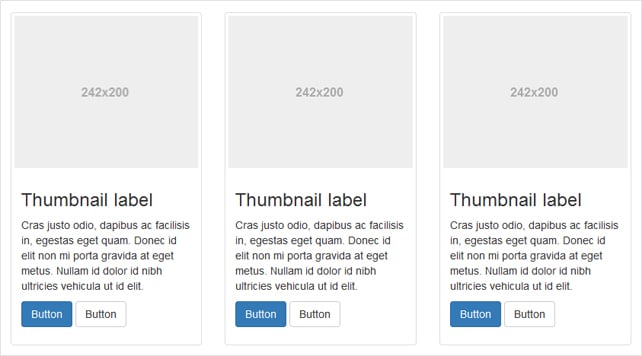Why web design is not boring and how to keep it this way

Recently, Owen Williams – a former developer and infrastructure engineer (now he is the co-founder of a digital design agency), argued that web design is now completely boring. The post went viral and generated a lot of discussions. We liked the subject and decided to bring some arguments and contradict Owen (however, our main purpose was to analyze this interesting topic).
So, is really web design so boring these days? Are existing frameworks and themes limiting our creativity? Is web design too similar? What is the future of web design?
Web design trends
Let’s begin with web design trends. At the beginning of this year we listed top web design trends for 2015 and tried to predict the future of web design for 1 year. It seems like most of the predictions were true: Material design is going strong, responsive design is a must, SVG usage increased (although it’s not yet there), performance is an important signal, everyone scrolls, etc. One thing is clear: trends are defined by designers and developers, but are guided by users. The user is the most important actor: he can embrace or decline your work.
Uniform design
In his article Owen says that frameworks like Bootstrap are limiting our creativity and our capacity to experiment and built crazy, unique things. It’s true, Bootstrap is very popular, the guys from Twitter made a nice framework. Gone are the days when you had to design sites from scratch. Its grid system and dozens of reusable components allow you to create responsive websites in a couple of days-weeks. The problem doesn’t lie in Bootstrap (it’s just a tool), the problem is that our output is practically the same (and the framework is not necessarily limiting us). There is no ideal landing page or layout, but of course there are common patterns. You simply have to think out of the box and create unique, appealing designs (using Bootstrap or whatever). You can build any kind of resources, your imagination is the only limit.
Death of Flash
When Flash was born (1996) it started the golden era of freedom in web design. It broke the limitations of existing web design: the designer could design any shapes, layouts, animations, interactions and much more. However, it wasn’t too open and certainly consumed a lot of processing power. Also it’s known for its security vulnerabilities, it seems that everyone is tired of Flash and wants it to die. Here is where HTML5, CSS3 and frameworks come in. Yes, these require more coding knowledge, but if you handle them, you can built amazing things. It’s not about building common designs using common elements/frameworks/techniques, it’s about using them to create awesome, creative works. These days, a good design is based on every little aspect (micro interactions, great UX, creativity, responsive layout, etc.) and you can achieve that using these languages and libraries.
Themes and CMSs
There are cons and pros about using CMSs, but as their popularity is growing tremendously (around 25% of all websites are currently powered by WordPress), most common users are choosing it. Everyone is crazy about themes. The theme market is over saturated, thousands of premium themes from hundreds of authors are available on web. This is not necessarily a bad thing: the competition is growing, the market is becoming mature, quality layouts become more accessible. The end-user is the winner (even if the community is not). In this context, we like the idea exposed by one of the co-founders of Pixelgrade in our latest interview: “Who cares about market saturation? Does a tree care if the land is overly saturated with leaves or grasses? No. It will do it’s own thing because it knows it has the drive to out do them. That is our overall attitude.”
The bottom line
There are three responses to a piece of design – yes, no, and Wow! Wow is the one to aim for. No matter what library of technique are you using, simply enjoy the web design process and launch the final product when you think it’s ready.
Cover image credit: Panic studio


